Powerpal is a small Australian invented gadget that reads the flashes on your electricity smart meter and translates these into easy to interpret graphs on a mobile app that show how much grid electricity your home is importing, as well as how much it costs and gives you tips to reduce your power usage.
Free for some Victorians
Thanks to the Victorian Government’s energy upgrades program if you live in metropolitan Melbourne, Geelong and Ballarat you can get a Powerpal delivered and installed free.
There have been over 35,000 Powerpal devices installed for Victorians under this offer.
Powerpal say that they really wish self installation was allowed to qualify for this free Vic Government deal however, as part of the rules of the Victorian Energy Upgrades program installation of all products must be undertaken by an “Accredited Provider” under the program. This is a general rule for all products available under the program, from hot water heaters to LED light globes.
Powerpal receives about $90 for each installation, covering both the cost of the product and professional installation. This is paid for by Victorian electricity retailers, not via tax dollars, as part of their commitment to improving energy efficiency in Victoria.
Buying tips for the rest of Australia
Aussies outside of the free Victorian zone can buy a Powerpal for $129 including delivery. I have been testing a Powerpal unit in the NSW Ausgrid area and can report that it takes only a few minutes to self install and is super easy.
Before you buy a Powerpal note that it only works with a Smart electricity meter, not the old spinning disc meters from last century.
Also before buying check your smart meter is on the list of Powerpal compatible meters.
Unfortunately Powerpal can’t generally be installed in apartments as the electricity meters are often located in a locked cabinet in the basement which is hard to access and a long way from the apartment itself (which makes signal range difficult).
Powerpal Setup
Inside the little package you’ll find the Powerpal device including cable that sticks to your electricity meter, pairing code, cable to read the smart meter light pulses and some tape etc if required. As you can see by the size comparison to a drink coaster the device is small.
According to the CEO of Powerpal the cable is armoured so it can safely be routed under the door of meter cabinet without risk of damage.
“The twin core signal wire is housed inside both a steel wire braided jacket and a solid aluminium sheath. High quality wire sheers would be required to cut it.”
The Powerpal device uses ultra low power long range bluetooth to communicate with paired phones/tablets. It works from surprisingly far away (20 metres away in my case) which is the farthest signal of any Bluetooth device I own.
The reason for using ultra low power Bluetooth is to save battery life, the CEO of Powerpal told me they expect the battery to last 10 years.
Many people leave an old WiFi connected phone inside their house near the Powerpal external location so data is constantly being sent to the phone and then the Powerpal cloud to be analysed.
How does Powerpal work?
Powerpal only measures electricity imported from the grid by counting the pulses of light emitted by your smart meter.
You can view the data collected by Powerpal by pairing it with as many phones or tablets as you want. Powerpal communicates with the nearest phone/tablet and can send it up to 60 days worth of power usage data. The phone/tablet then uploads the data to the cloud where Powerpal analyses it and shows it in different useful ways in the app as well as calculating daily/weekly usage
One user told me they’ve used Powerpal since 15/06/20 and it’s still on 98% battery, with always on iPad nearby & ‘LED Sensitivity’ slider setting at likely default or midway / 50%. That is seriously impressive battery use optimisation.
If you have solar panels installed it will display Zero usage in the Powerpal app for all the time ranges when your panels are receiving enough solar energy from the Sun to power your house.
That’s not necessarily a bad thing. If you have solar you want to ideally use less power then you’re generating with the panels on your roof.
If Powerpal says you’re importing grid electricity during the day you could try doing things like adjusting the air con temperature or turning down the heater so your grid power usage is reduced/or goes to zero again.
True to it’s claims Powerpal really does show power usage in real-time, with home power usage rising, changing and falling within a second or two of me turning on/off lights, dishwasher, dryer, heater, kettle etc.
Something interesting I learnt from Powerpal’s weekly app report is that my constant minimum standby power load is about 110W 24/7. Before I had solar panels installed a few weeks ago that meant minimum electricity use of 2.64Kw per day. Now solar is powering our house during daylight hours the constant minimum standby power load imported from the grid is about 1.76Kw per day.
The higher this amount is from your fridge and other always on/standby appliances 24/7 the higher your power bill is going to be.
Often big electricity guzzlers are hiding in plain sight eg: pool pumps use massive amounts of electricity, so do ancient old beer fridges and old plasma TV’s.
My kettle uses 2200W while it’s on but it’s only on for a few minutes so total power use isn’t much. A toaster is similar so don’t stress about using either of them during solar or non solar times unless you’re toasting and boiling water a lot every single day.
Similarly I thought my dishwasher and washing machine used a lot of electricity but they don’t use much more than 1000w per cycle as they’re both less than a few years old.
My fridge is about 7 years old but surprisingly it doesn’t use a lot of power either. Probably because it’s in an open space corner of our kitchen with lots of clear air space around it, not hidden inside kitchen cabinetry behind a door where it would struggle to get airflow and therefore use more power.
In comparison something I hadn’t thought about it’s power use is my vacuum cleaner. At top speed it uses 2000W and because it’s used for 30-60 minutes it’s total power use is a lot more than the kettle or toaster.
That doesn’t mean don’t vacuum. Just do it during when your solar panels are cranking out plenty of power or if you have time of use power grid tariff vacuum during Shoulder pricing times. The same applies for power hungry conventional heaters like oil heater, fan heaters etc.
Powerpal generates great statistics and graphs
If you like pie charts, graphs, bar charts and the last 60 days of raw data CSV files you’re in for a treat.
The Powerpal app shows you live to the second power use and cost right now as well as stats hour by hour, day by day, weekly and month by month.
Is it worth getting Powerpal?
If you live in the Victorian areas that can get Powerpal for free then definitely Yes.
For the rest of Australia it’s still worth paying $129 for a Powerpal for most people who have a smart electricity meter even if you have Solar panels because the statistics generated by most solar inverters aren’t that useful for changing your energy consumption behaviour.
Alternatively if you’re buying enough other items from energy efficiency and lighting retailer Reduction Revolution to get free shipping, you can buy Powerpal for $119.
I don’t know of any inverter that tells you things that can let you know what the peak opportunity times are to reduce your power eg: your always-on base power consumption, which day you used the most power last week and which hour of the day you use the most power. Combined with the real time usage stats during grid power import times.
Disclosure Statement
Powerpal has allowed Ausdroid to retain their device as once its setup it's stats are tied to a particular site

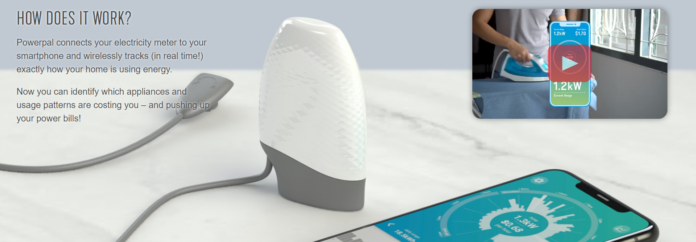
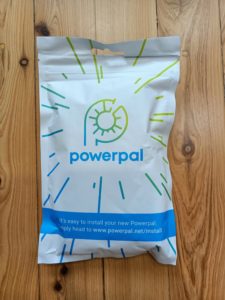

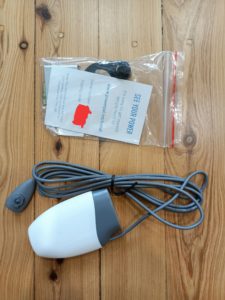
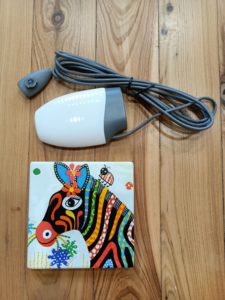


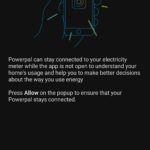


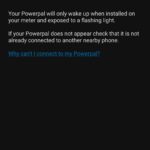


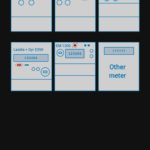
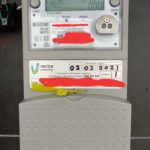




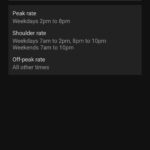
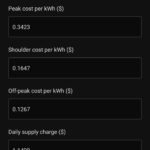
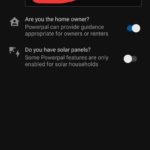
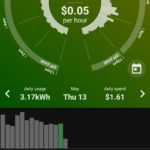
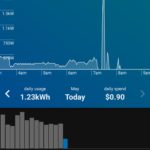
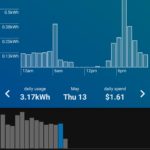

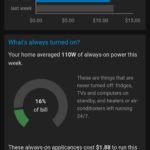
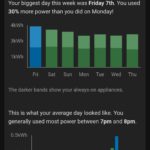
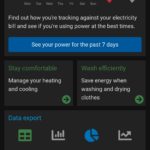




I have one too. It’s fantastic for a free device!
You can even make money on it by recommending it to friends and family: for each new installation you get $5.
I have one of these, its bloody great. highly recommend to everyone that its worth grabbing.
My Fetch TV Box uses 17-20 watts when it’s on (blue LED light) even when the TV’s off. It only drops to 15 watts when it’s turned off (red LED light) so for 20 hours a day it’s off but still uses 15 watts, that equals 0.3kWh per day doing nothing. My electricity bills show that we use about 6-8kWh per day. So just in standby mode our Fetch box uses between 4 to 5% of our total household electricity.
Yeah it’s annoying that the Fetch Mighty doesn’t have a proper standby feature